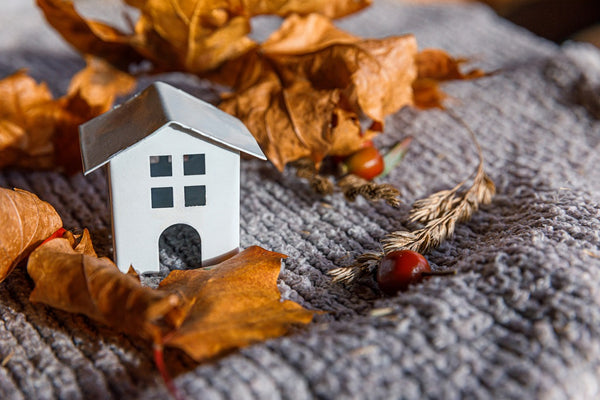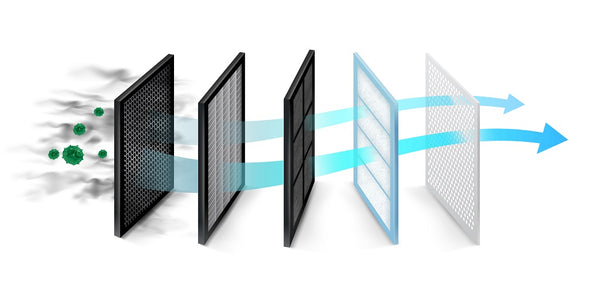
Do-it-yourself free home energy audits will help you monitor and determine how much energy your home uses. It can assist you in reducing the amount of energy wasted and therefore allows you to save a great deal of money. Your home will be comfortable yet efficient. It is not only a question of money, but the fact that it is environmentally friendly and cost-effective also makes this worthwhile.
What Is a Home Energy Audit?

Home energy audit sounds like a complex accounting term, but in fact, it is a series of simple tests that can be performed on a regular basis to boost your home’s efficiency while saving you energy costs. A home audit will determine whether your home has any air leaks, test your insolation levels and overall energy efficiency. It will pinpoint precise areas of your home that need improvement to ensure you are getting the most for your money while paying less. There is a simple checklist to follow, and when a problem is discovered, it can be addressed accordingly. Many people think that an audit will be ineffective because their home has been built recently or is a new construction project, but this is simply not the case.
How to Do a DIY Home Energy Audit
When starting your DIY home energy audit, you must thoroughly walk through your home and inspect every area. It is advised to keep a checklist on hand to keep track of all the areas you have checked and what problems you have encountered.
1. Check Heating and Cooling Systems

- Make sure to check all the batteries or functionalities of all the appliances.
- Test all the equipment, if, for example, your thermostat or AC unit takes a long time to start up, perhaps they could be malfunctioning and therefore draining your home’s energy.
- Check for accumulated condensation levels, make sure your duct vents are clean and dry.
- Clean and replace the filters regularly.
- Make sure to keep track of your hot water usage and make an adjustment to waste less.
- Check the windows and doors; if there is a minuscule gap, foreign air could go in and cost unnecessarily.
- Make sure your HVAC system is leveled.
- For outdoor equipment, it is important to make sure there is no debris blocking your HVAC unit.
- Make sure the fins or grill of your outdoor unit are clean, if clogged your system could malfunction, and it will cost you more money.
- Make sure that the grill of your outdoor unit is not bent, this could slow down the airflow and waste a lot of energy.
- Check your evaporator coil. It is in the access panel on the air handler unit. If there is dirt or mildew, it must be addressed immediately. A special spray cleaner should be used to clean the coils.
2. Inspect Insulation and Sealing

- Examine the insulation level in the attic. Prior to doing so, it is advised to take safety precautions as not to injure yourself. It is recommended to wear a hard hat, safety goggles, a measuring tape, and a flashlight. At first glance, you must determine if the insulation in the attic is leveled. If it is not, insulation must be added to ensure an even spread over the attic floor. However, if the floor does not have exposed spaces, you probably have enough insulation, and adding additional insulation will be a waste of money.
- Check your home for any air leaks. This is pivotal, unwanted air coming and going through cracks and gaps is not cost-effective. Many DIY methods have been popularized, here we will only outline a few simple ones. At night with a partner, shine a flashlight over all areas that could have cracks, and if the light can be seen from the outside, you have found an air leak. Another method that requires little effort is to shut a window or door over a piece of paper and then pull the said paper out. If you can pull it out without tearing the paper, then you have found an air leak.
- Check your wall insulation level. There are a couple of methods to check your wall insulation. The first one is drilling a hole and examining the type and amount of insulation. The other method is shutting down the home’s electricity, and once the power is out, check the insulation levels behind and around each electrical socket. A thorough inspection must be made of all sockets because some homes may have an uneven level of insulation.
3. Account for Electricity Waste
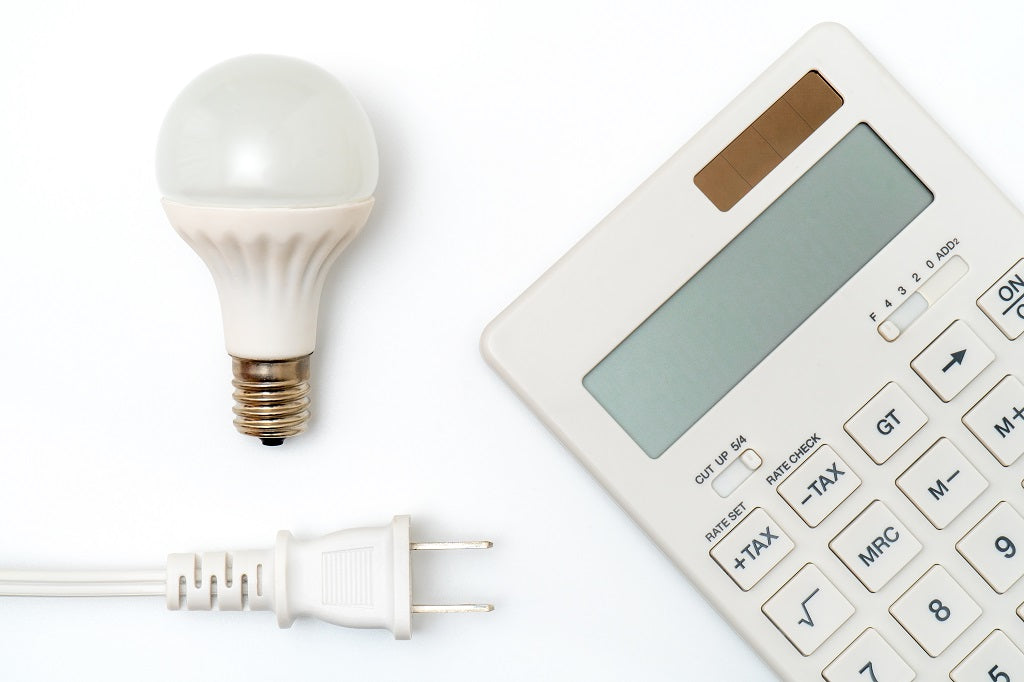
- Conserve your energy and use more natural lighting. This will decrease the need for electric lighting.
- Turn off lights in rooms that are not occupied. This goes without saying, if no one is in that room, there is no need for lights to be turned on.
- Fix leaky faucets. This is important, we may not think of how much this can impact our energy consumption, but it affects it a lot.
- Take shorter showers, and don’t let the water run while brushing your teeth or shaving.
- Unplug electronics that aren’t being used. This is especially relevant for appliances that are not in use frequently.
- Don’t keep outdated appliances and electronics. Newer appliances and electronics come equipped with energy-saving capabilities therefore, this can save you a lot of money, investing in a new appliance will be beneficial in the long run.
- Hang your laundry to dry when possible, especially in the summer. This is such an organic and old-fashioned way to dry your laundry, but you will notice a difference in your electricity bill almost instantaneously.
- Don’t run a dishwasher or laundry machine when not full.
- Cover windows with blinds or curtains to keep cold or hot air out.
- When you’re not home, don’t waste energy by cooling or heating your house when it is unoccupied. Use a smart thermostat to conserve energy.
Important Safety Information
While performing an energy audit of your home, it is paramount to keep in mind your personal safety. Certain tools will help you perform the audit safely, and shortcuts should not be used to harm you or your loved ones. Some crawl spaces or vents can contain animal droppings or an accumulation of dust, so the appropriate clothing must be worn. When working with fiberglass, make sure you protect your eyes, lungs, and skin from any irritants that can endanger you. Before checking your home’s insulation levels, make sure to cut off the power at the breaker and not get electrocuted upon unscrewing electrical sockets.
What Your DIY Energy Audit Can’t See

Many local utility companies can guide you and perhaps assist you with in-home energy audits free of charge. It is recommended first to perform a DIY-energy audit and record all the findings and updates made. However, calling in a professional to check your work can help you tackle some more complex and dangerous tasks. They have the tools, the training, and the expertise to help you achieve your desired result. Older homes may require more work than the newer built constructions, so it is important to consult with a professional before making any big changes. Some jobs will require a skilled electrician or energy expert to come in and offer the best solutions.
Things You’ll Need to Achieve Peak Energy Efficiency
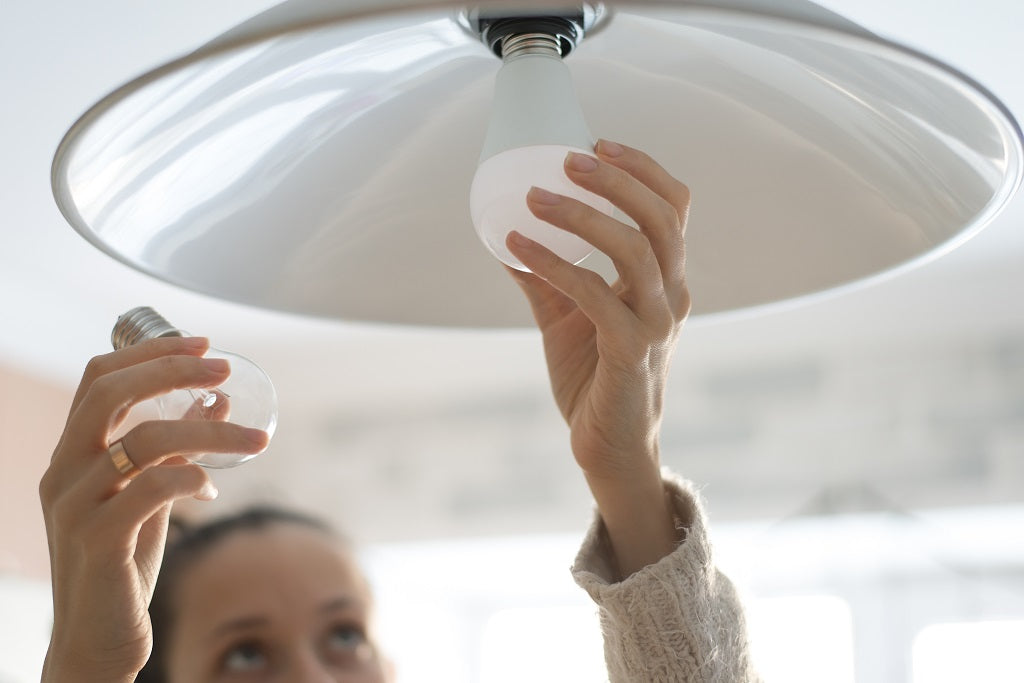
- LED lightbulbs;
- Dimmers and/or timers for lights;
- Low flow showerheads;
- Smart thermostat;
- HVAC filters;
- Blinds and/or curtains;
- Window insulation kit;
- Smart power strips;
- Reflective surfaces on roofs;
- Energy star certified appliances;
- Smart fans (especially ceiling fans);
- Attic insulation;
- Energy star certified windows and doors.
DIY Energy Audit Checklist
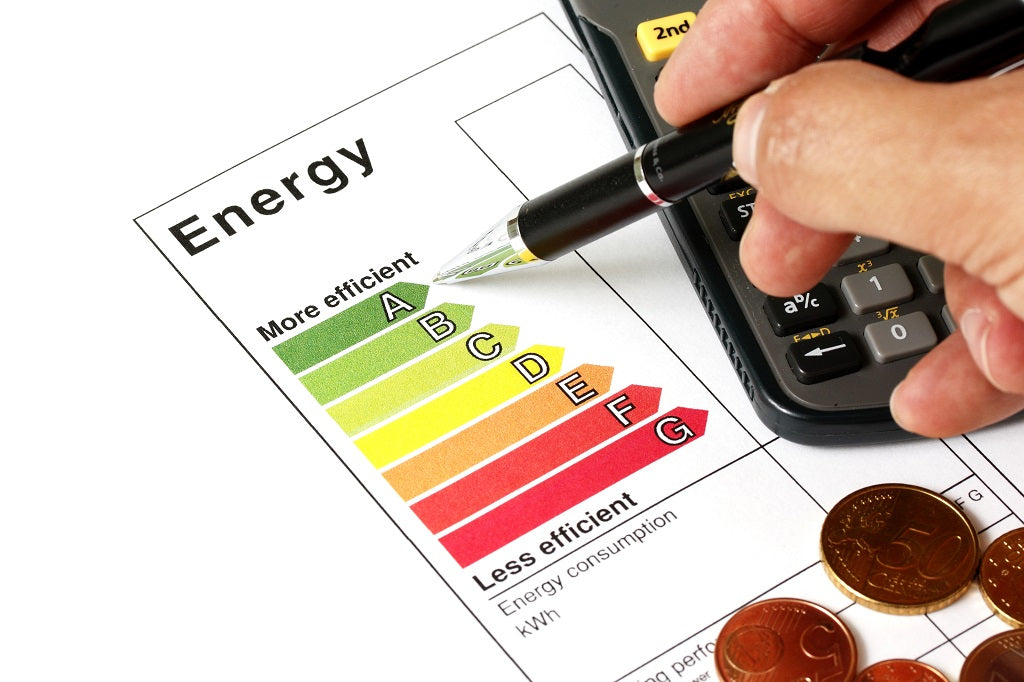
To successfully optimize your DIY home audit, it is important to have a concise plan of action. Please find below a checklist that can aid you in achieving your desired result.
| ITEM | NEEDED |
| LED lightbulbs | This is an easy and cost-effective first step |
| Smart thermostat | This will ensure that you don’t waste unnecessary energy while cooling or heating your home |
| Low flow faucets | Low flow faucets and showerheads can help you conserve a lot of energy |
| Window insulation kit | This will help you identify all air leaks, which will help you reduce your energy consumption |
| Smart power strips | This will allow you to control your appliances remotely to reduce energy waste |
| HVAC filters | All vents should be cleaned, and filters should be changed regularly to prevent any malfunctions |
| Energy star certified appliances | Replace outdated appliances with modern ones which are created to be more energy-efficient |
| Dimmers and timers for lights | This is a great investment when coupled with LED lightbulbs |
Today’s world has changed a great deal. Thanks to technological progress, we can live in a more comfortable way for a lot less. Home energy audits are a fantastic tool coupled with smart devices from Blackhawk Supply, that can help you turn your house into a dream home!
